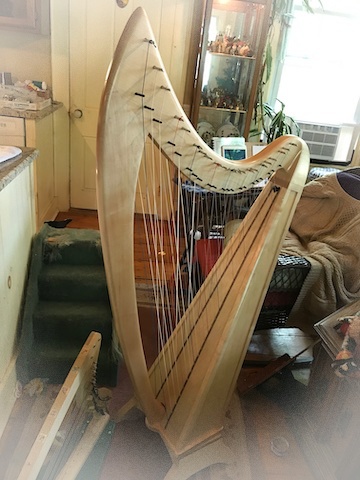
Rebekah Harp is here!
My new cross-strung floor harp arrived on Wednesday, August 20th! Stoney End Rebecca (I’ve decided to change the spelling of her name slightly to the Biblical Rebekah) has 51 strings, with the bottom 10 being wound metal like a wire harp. Most of the strings are nylon, a significant departure from my nearly […]

Summer Reading
Summer reading for husband George Matthew and myself has always been scholarly… Middlebury College Davis Library and inter-library loan provides the majority of our research texts, in addition to those books we already own. While George continues to research his ethnomusicological interests in the traditional music and instruments of ancient India and in Jewish sacred […]
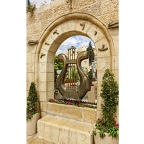
In the world but not of it Guest post by George Matthew Jr.
Music grows out of the tolling of the bell and then lines on its own, with hints of familiar hymns, Gregorian chants, and original thoughts… and gradually the organ begins to frame the picture, sometimes in a quiet deep bass, sometimes in a gently shimmering reflection high above the harp, sometimes in a few gentle […]

Winter Reading
It’s dark, it’s cold, it’s January. I’ve got some books on the subject of learning to read pre-Gregorian neums (c. 800 A.D.), which is fairly substantial material and not casually absorbed in a few days (or weeks). But before I got into those, I thought maybe a little bit of context was order. Specifically, the […]
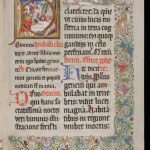
Playing Gregorian chant on wire harp (Part 4)
In one of my earlier posts on reading Gregorian chant I promised to discuss staves and clefs later on. They’re a little different in Gregorian. Modern music notation uses five lines, like this: Gregorian chant, in contrast, uses four lines: The range of Gregorian chant doesn’t usually go beyond an octave, so you won’t see […]
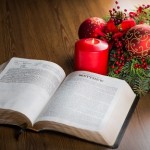
Playing sacred music on the Irish wire-strung harp From reading neums to playing strings...
Sing unto the Lord with the harp; with the harp, and the voice of a psalm. – Psalm 98:5 My preceding posts on reading Gregorian chant didn’t go into how to play it on the wire-strung harp. Gregorian chant is a vocal music, not an instrumental one. So there’s a little bit of re-interpretation here. […]
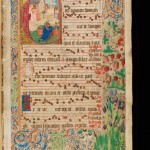
Playing Gregorian chant on wire harp (part 3) Beginning reading two- and three-note neum groups
Here is a very beautiful illuminated antiphonary from Bern, Switzerland, created in approx. 1485 to 1490 A.D. Most of the square neums shown here are the single note punctum type but there are also several of the two and three note groups: podatus, clivis and torculus. From the Liber Usualis, here is a chart showing us […]
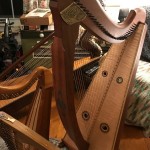
The Latest News on My Harps – June 2025 Stoney End Rebecca
Time for an update on the latest from my harp studio: my beautifully rebuilt Triplett Luna harp arrived home safely in September after being masterfully rebuilt by Steve Triplett in his shops at San Luis Obispo, CA. This is a harp that I had accidentally knocked over while recovering from Covid and was still too […]
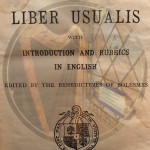
Playing Gregorian chant on wire harp (part 2) Comparing neumes to modern music notation
Medieval chant neums look very different from today’s music notation… until you get to know them better and discover they’re what made the language of modern sheet music possible. They do however, have their own arcane code, which has been left by the wayside, perhaps in part because few today write anymore with quill pens and […]
I wish I was the composer of this…
This extraordinary work is not a harp piece but is worth a listen. It’s by Vatican composer Father Marco Frisina, who has composed and recorded hundreds of organ and choral works over the decades. The first time I heard it, I wished I had written it. It is really that profound and that beautiful. A […]
